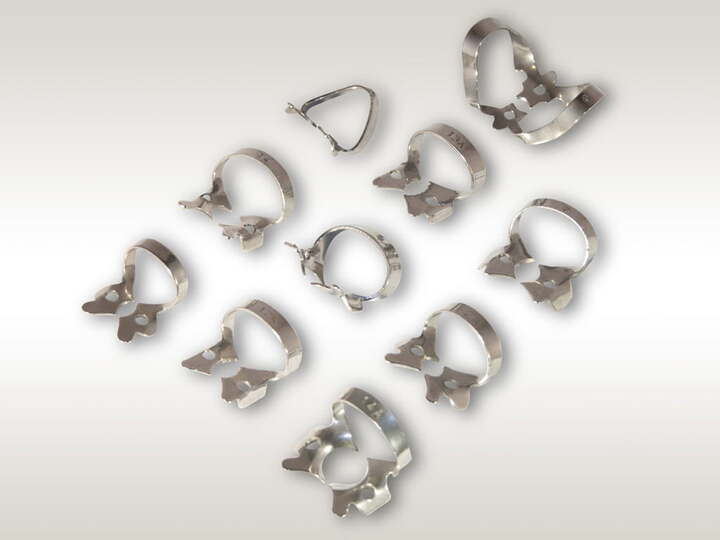Mastering Rubber Dam Clamp Placement A Complete Guide for Dental Professionals
Posté par Holmes Dental
Corps

Understanding the Fundamentals of Rubber Dam Clamps
In modern dentistry, proper isolation is crucial for successful treatment outcomes. Rubber dam clamps are essential tools that secure the rubber dam in place, ensuring a dry and contamination-free working environment. These small but mighty instruments come in various sizes and styles, each designed to fit specific teeth and clinical situations. The most commonly used clamps in the United States include the #2, #4, #7, #8A, #9, #12A, and #14A, each serving different purposes based on tooth morphology and location.
Selecting the Right Clamp for Optimal Results
Choosing the appropriate clamp is a critical step that can make or break your rubber dam isolation. For anterior teeth, lightweight clamps like #9 or #212 are typically preferred due to their smaller size and better aesthetic access. Premolars usually require clamps #2 or #4, while molars are best served by clamps #7, #8A, or #14A. When dealing with partially erupted or broken-down teeth, specialized clamps such as the #12A or #13A may be necessary. The selection process should consider factors such as tooth anatomy, gingival health, and the specific procedure being performed.
Proper Placement Techniques and Common Challenges
The placement technique begins with proper positioning of the clamp on the target tooth. Start by testing the clamp's fit before applying the rubber dam to ensure stability and prevent tissue trauma. The wings of the clamp should engage the tooth below the height of contour while avoiding contact with the gingival tissue. Common challenges include dealing with crowns, bridge abutments, or teeth with extensive breakdown. In such cases, utilizing modified techniques or alternative clamps may be necessary. Always remember to stabilize the clamp with dental floss as a safety measure to prevent aspiration or swallowing.
Maintaining Safety and Patient Comfort
Patient comfort and safety should always be paramount during rubber dam clamp placement. Before beginning, examine the patient's tissue condition and tooth stability. Use topical anesthetic when necessary, especially for patients with sensitive gingiva. Ensure that the clamp's prongs don't impinge on the gingival tissue, which can cause discomfort and bleeding. Regular inspection of clamps for signs of wear or damage is essential, as deteriorated clamps can compromise isolation quality and patient safety. Additionally, proper sterilization and maintenance of clamps extend their lifespan and ensure optimal performance.
At Holmes Dental, we understand the importance of quality dental isolation in achieving superior treatment outcomes. We proudly offer a comprehensive selection of rubber dam clamps designed to meet the diverse needs of dental practitioners across the United States. Our expert team provides technical support and guidance in selecting the right clamps for specific clinical situations. Whether you're a seasoned professional or just starting your dental career, Holmes Dental is committed to supporting your practice with high-quality isolation solutions and exceptional customer service. Contact us today to explore our full range of dental isolation products and experience the difference that proper rubber dam clamp selection can make in your practice.











commentaires